Painting Ceiling Same Color as Walls: The Complete Guide to Modern Interior Design
Table of Contents
Are you considering painting ceiling same color as walls in your next home renovation project? This popular design trend is revolutionizing the way homeowners approach interior painting, creating elegant, integrated spaces that appear larger and more spacious. Whether you’re working with a small bedroom or a spacious living room, coordinating the ceiling color with the color of the walls dramatically enhances the appeal and size of your room.
In this comprehensive guide, we’ll explore everything you need to know about this design technique, from choosing the perfect paint finish to understanding color psychology and avoiding common mistakes. You’ll discover professional tips, cost-saving strategies, and modern trends that will help you achieve impressive results in your home renovation project.
Types of Paint Finishes
Understanding paint finishes is crucial when painting the ceiling the color of the walls, as different sheens can create contrasting visual effects even when the colors match.
Matte Finish
Matte paint is characterized by its lack of shine and provides excellent coverage for imperfections on walls and ceilings. This paint creates a sleek, uniform appearance, ideal for bedrooms and formal living rooms. However, matte paint can be difficult to clean and shows signs of wear more easily than other finishes.
Eggshell Finish
With its subtle sheen, eggshell paint strikes the perfect balance between durability and elegance. It is particularly effective for dining rooms and hallways, where easy washability without a high gloss is preferred. When used on both ceilings and walls, eggshell paint adds depth while maintaining a uniform color effect.
Satin Finish
Satin paint offers a medium sheen and excellent durability, making it ideal for high-traffic areas such as kitchens and living rooms. When used on both ceilings and walls, satin paint creates a cohesive, functional, and visually appealing appearance. A subtle sheen helps reflect light, making spaces appear brighter.
Semi-gloss and Glossy Finishes
These high-gloss finishes are typically used for trim and doors, but they create dramatic effects when used on ceilings and walls in bathrooms or feature areas. The reflective property enhances natural light, but it also highlights surface imperfections, requiring excellent surface preparation.
Best Paint Colors for Every Room
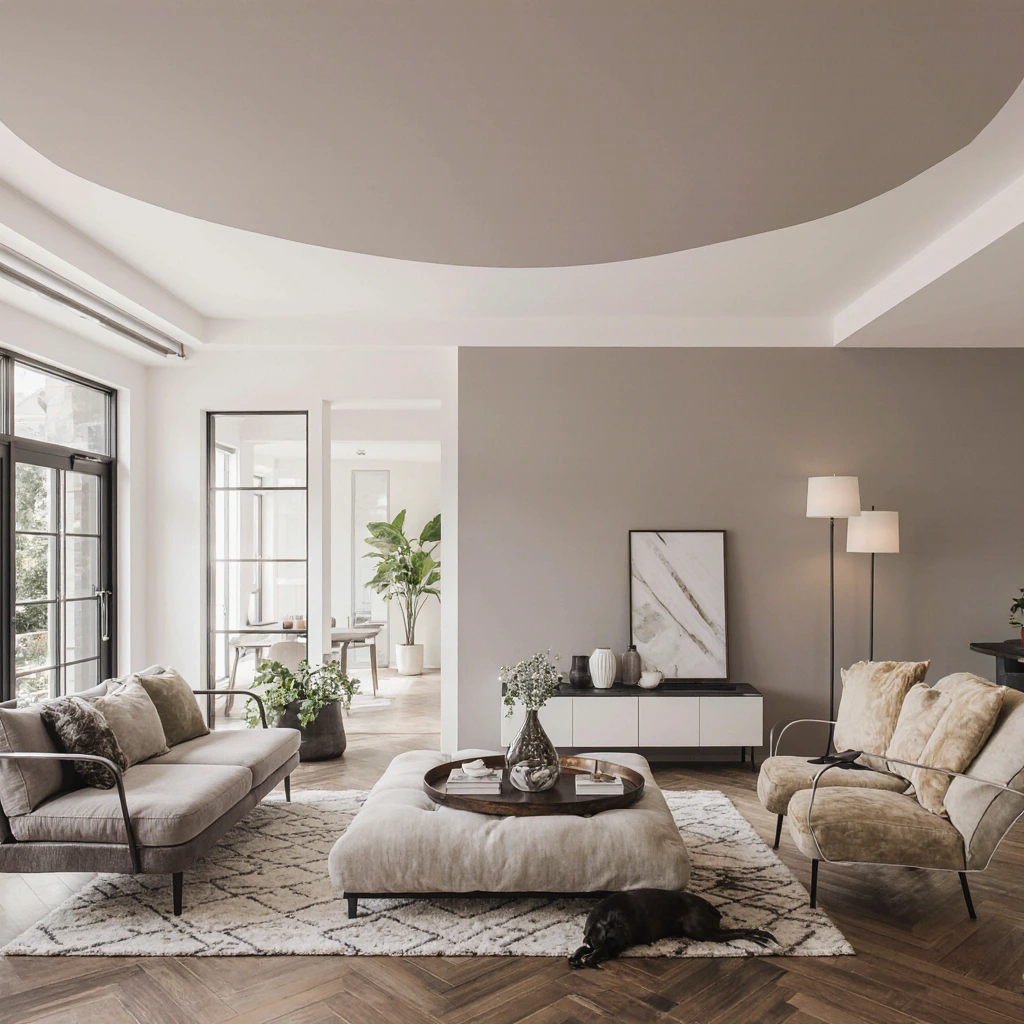
Choosing the right color for painting your ceiling to your walls depends on the room’s function, lighting, and desired atmosphere.
Bedroom Retreats
Mild, muted colors work well in bedrooms, where a monochromatic style creates a sense of warmth and comfort. Try warm grays like “Agreeable Gray” or soft blues like “Sea Salt” for a calming effect. These colors promote relaxation, while the ceiling-to-wall effect creates a sense of warmth and spaciousness.
Kitchen Environments
Kitchens benefit from colors that complement both natural and artificial lighting. Warm whites, creamy beiges, and soft sage greens create a warm atmosphere in kitchen spaces. When painting your kitchen ceiling the same color as the walls, consider how the color will appear under different lighting conditions throughout the day.
Bathroom Retreats
Bathrooms require colors that withstand humidity and create a spa-like atmosphere. Soft blues, calming greens, and elegant grays are ideal choices. A monochromatic approach in bathrooms creates a sense of luxury and harmony, making even small bathrooms appear more luxurious.
Living Room Gathering Spaces
Living rooms offer great flexibility for bold color choices. Deep blues, deep charcoal, or warm terracotta colors can create a warm and inviting atmosphere. The key is to ensure adequate lighting to prevent the space from feeling too dark or cramped.
Paint Color Combinations and Patterns
Current trends in both the US and Europe favor sophisticated, nature-inspired color palettes when painting the ceiling the same color as the walls.
Sophisticated Neutrals
Warm neutrals dominate the trends for 2025, with colors like mushroom gray, light brown, and soft taupe. These versatile colors are suitable for all seasons and complement various furniture and decorative accessory styles.
Bold Monochromatic Touches
European design influences bring darker, bolder colors to American homes. Shades of deep forest green, navy, and deep burgundy create a stunning, monochromatic atmosphere that exudes a sense of comfort and sophistication at the same time.
Seasonal Adaptations
Spring and summer favor light, muted colors, such as soft lavender, pale mint, or warm cream. While fall and winter bring darker, richer shades, such as burnt orange, dark plum, or chocolate brown.
Trending Colors
Currently popular combinations include sage green with cream edges, soft gray with white accents, and navy with copper fittings. These colors are especially ideal when extending the wall color to the ceiling.
DIY Painting Tips
Painting the ceiling the same color as the walls requires proper preparation and technique to achieve professional results.
Essential Tools and Materials
Invest in high-quality brushes, paint rollers of appropriate lengths, painter’s tape, a drop cloth, and a primer. For ceilings, use an extension pole to reduce fatigue and ensure even coverage. A paint sprayer can provide the best uniform results for large areas.
Preparation Steps
Clean all surfaces thoroughly, fill holes and cracks with a suitable filler, and then sand them smooth. Apply a primer if the colors have changed significantly or if the paint has overgrown stains. Remove or cover furniture, and use plastic sheeting to protect floors.
Professional Techniques
Start with the ceiling, working in manageable sections to keep the edges moist. Use long, overlapping strokes and avoid overspray. When moving to walls, maintain the same painting technique for a consistent texture and look.
Common Mistakes to Avoid
Don’t skip primer when needed, avoid painting in direct sunlight or high temperatures, and don’t rush the drying process between coats. Maintain consistent pressure when applying paint, and always trim edges before painting large areas.
Detailed Cost and Budget Tips
Understanding the financial cost helps you plan effectively for painting your ceiling the same color as the walls.
Cost Estimates Per Room
A standard 12×12-inch bedroom typically requires 2-3 gallons of paint, costing between $80 and $150 for a high-quality paint job. Larger living rooms may require 4-5 gallons, costing between $120 and $250. Bathrooms typically require 1-2 gallons, costing between $40 and $100.
Money-Saving Strategies
Buy paint during sales periods, which typically occur in the spring and fall. Consider buying in bulk if you plan to paint multiple rooms. Invest in high-quality paint brushes and rollers that can be cleaned and reused for future projects.
Eco-Friendly Options
Low- or zero-VOC paints cost slightly more upfront, but they offer better indoor air quality and environmental benefits. Many manufacturers offer recycled paint options that reduce costs while supporting sustainability.
Professional vs. DIY Costs
Professional painters typically charge between $2 and $6 per square foot, while DIY projects cost between $0.50 and $1.50 per square foot for materials. Consider your time and desired level of quality when making this decision.
Paint Trends and Inspiration
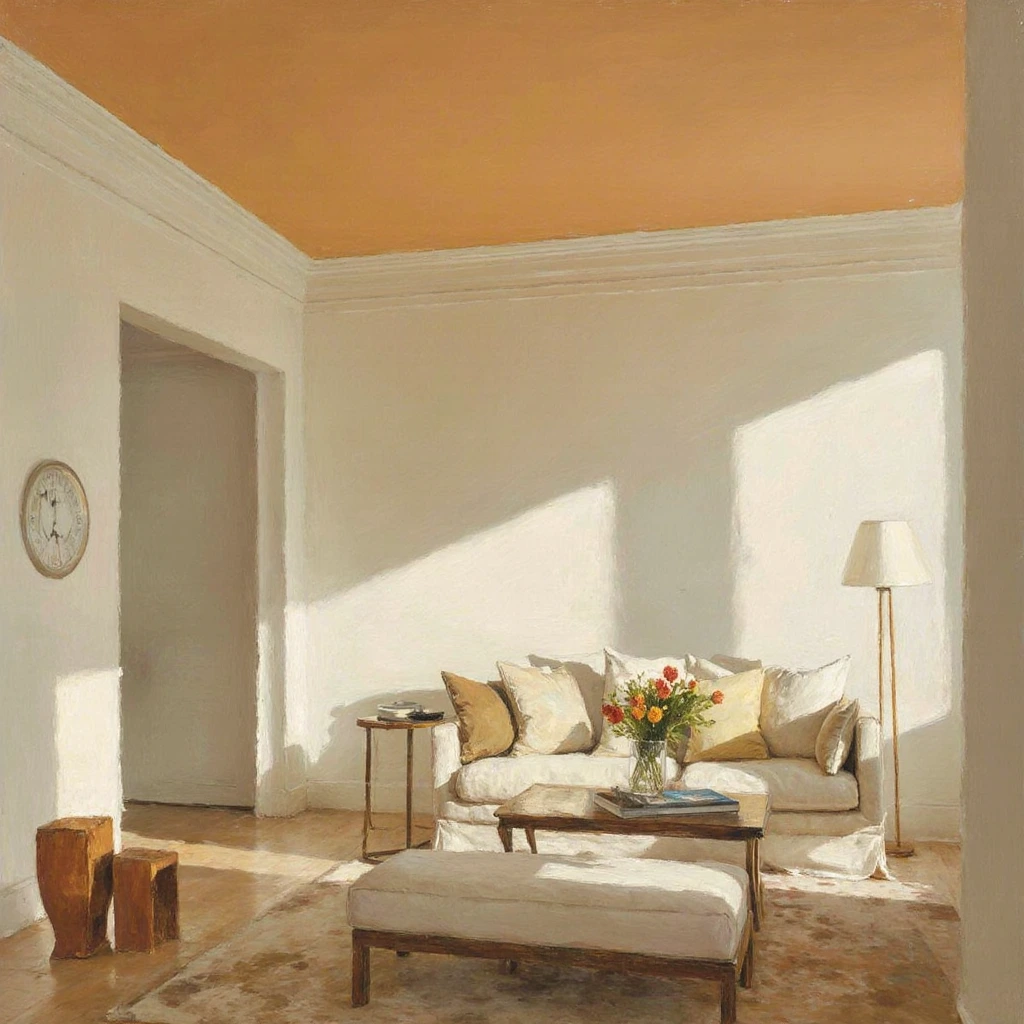
Current trends for 2025 strongly favor the monochromatic approach of painting the ceiling the same color as the walls, due to its aesthetic and psychological benefits.
Trending Colors
“Digital Lime” and “Warm Cognac” are among Pantone’s influential colors for 2025, inspiring paint manufacturers to develop complementary shades. The muted, calming shades of these colors work beautifully in monochromatic designs.
Influencer and Designer Opinions
Interior design experts report that 73% of their clients now request monochromatic paint designs, citing their calming and elegant effect. Social media platforms show increased engagement with rooms that employ this technique.
Global Influences
Scandinavian design principles continue to influence American trends, emphasizing the use of single colors throughout spaces to create harmony and simplicity. Exaggerated European styles use bold, dark colors to create striking monochromatic effects.
Common House Painting Mistakes
Avoiding these mistakes will ensure professional results when painting your ceiling with the same color as your walls.
Color Selection Mistakes
Choosing colors without considering lighting conditions is one of the most common mistakes. Test paint colors in different lighting conditions before committing to large quantities. What looks perfect in the store may look completely different in your home.
Surface Preparation Shortcuts
Neglecting proper cleaning, patching, and preparation can lead to poor paint adhesion and uneven coverage. These mistakes are especially evident when using the same color on both the ceiling and walls, where contrasts are more noticeable.
Application Technique Issues
Inconsistent wrapping techniques, inadequate cutting, and failure to keep edges wet can result in lines and obvious texture differences. When painting your ceiling with the same color as your walls, consistency of technique is crucial to achieving the desired effect.
Timing and Environmental Factors
Painting in high humidity, extreme temperatures, or wind can affect the paint process and drying time. These factors can cause color variations and texture problems, weakening the effect of a monochromatic paint finish.
How to Maintain Painted Walls
Proper maintenance will keep your painted ceiling beautiful for years to come.
Regular Cleaning Routine
Clean walls and ceilings monthly using a microfiber cloth or vacuum attachment. For a deeper clean, use a mild soap solution suitable for your paint. Test cleaning products in inconspicuous areas first.
Touch-Up Strategies
Keep leftover paint in place for future touch-ups. Label containers with room names and dates of use. Address small scratches and marks immediately to prevent them from becoming more noticeable over time.
Prevent Paint Fading
Protect painted surfaces from direct sunlight with window shades. UV exposure can cause color fading and an uneven appearance, which is especially problematic in monochromatic designs where consistency is key. Professional Maintenance Products
Invest in high-quality cleaning products designed for painted surfaces. A magic eraser, safe paint cleaners, and the right finishing brushes help maintain a professional appearance for your painted rooms.
The Bottom Line
Painting your ceiling the same color as your walls isn’t just a design trend; it’s a sophisticated approach to creating cohesive, visually spacious spaces that feel modern and timeless. From understanding paint finishes and color psychology to mastering application techniques and maintenance strategies, this comprehensive approach ensures your painting project delivers the stunning results you envision.
The key to success lies in careful planning, quality materials, and attention to detail throughout the process. Whether you choose soft neutrals for a tranquil bedroom or bold colors for a distinctive living space, a monochromatic approach offers endless possibilities for creating beautiful and personalized environments.
Ready to transform your space? Try these paint ideas in your next home renovation and let us know how it turned out in the comments. Sign up for more home decor guides and expert advice to help you create your dream home!
Best Amazon Picks :
FAQs
What is the best paint finish when painting the ceiling the same color as the walls?
Eggshell or satin finishes are best for most rooms, providing durability while minimizing imperfections. Matte finishes create a uniform appearance but require more careful maintenance.
How long should the paint dry before applying a second coat?
Most paints require two to four hours between coats, but check the manufacturer’s specifications. High humidity or low temperatures may lengthen drying time. Ensure the first coat is completely dry before applying the second coat.
How do I choose a color that complements my existing furniture?
Consider the underlying tones of your furniture and choose paint colors that complement rather than compete with each other. Neutral colors work with most furniture styles, while bold colors complement the prevailing color scheme in your room.
Can I paint dark walls without primer?
While high-quality paint with primer can cover dark colors, applying primer alone usually provides better coverage and color accuracy. This is especially important when painting the ceiling the same color as the walls for a consistent look.
What’s the best way to test paint colors before committing?
Paint large sample squares (at least 2 x 2 feet) on both the walls and ceiling. Observe the colors at different times of day and under different lighting conditions for at least 24–48 hours before making your final decision.
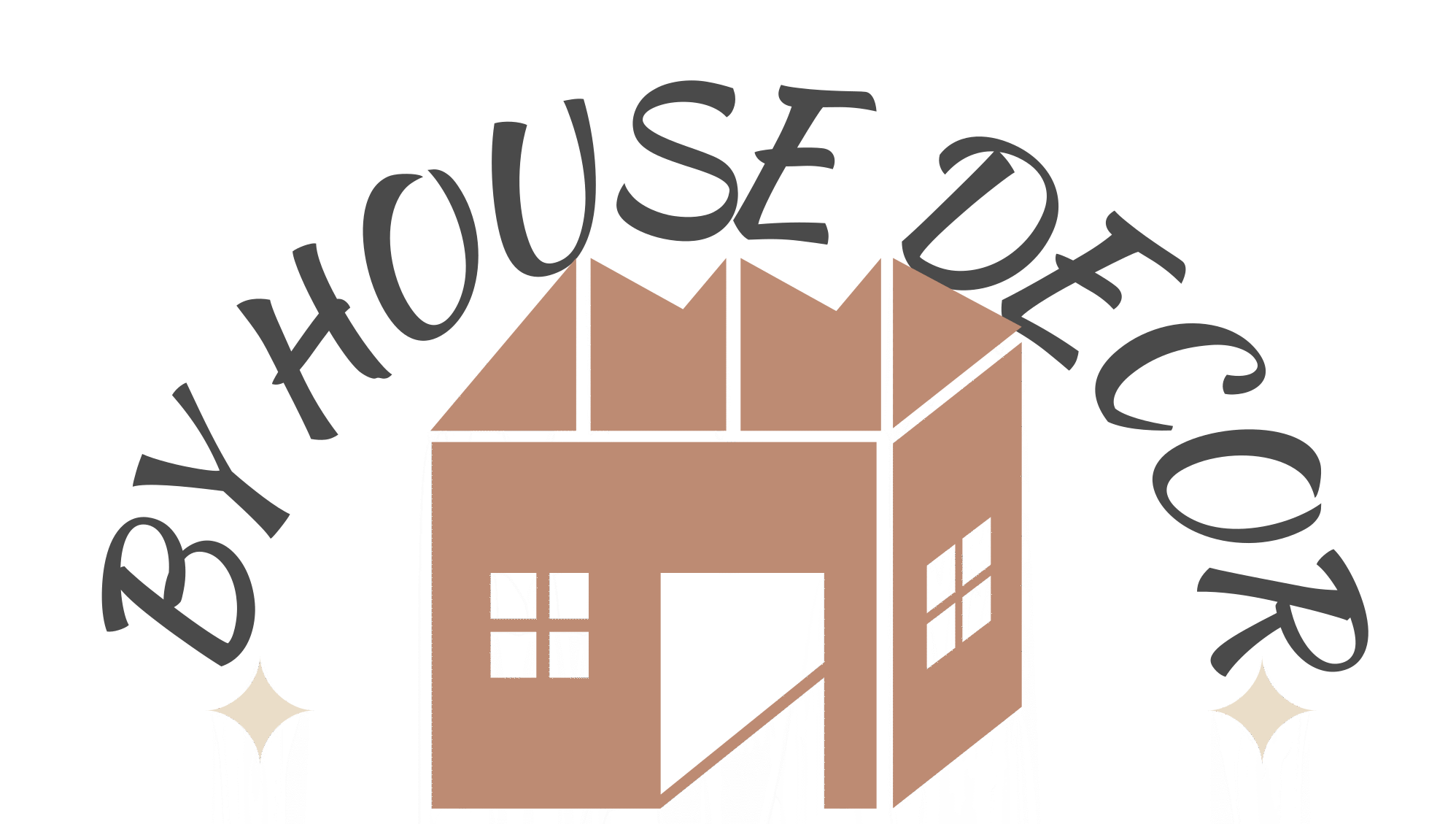
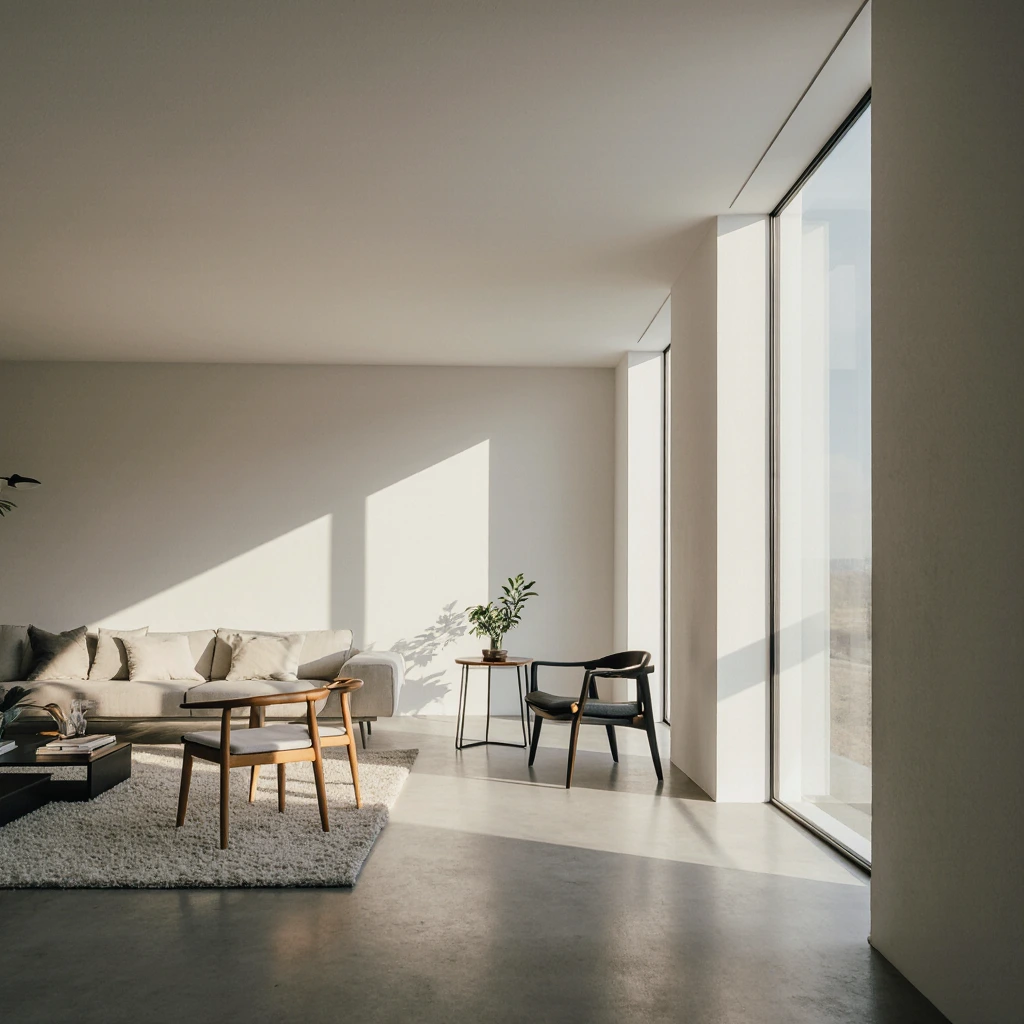
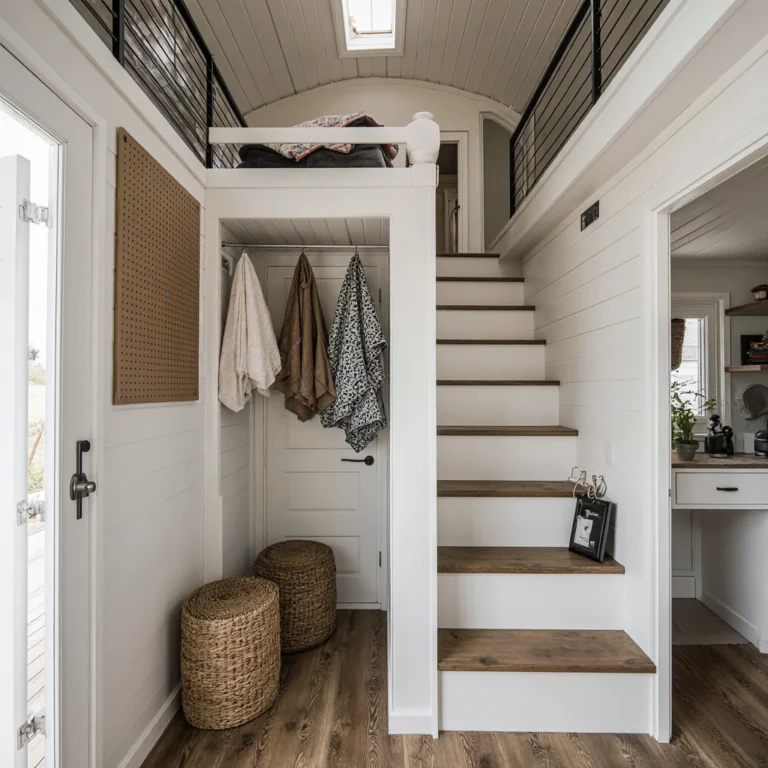
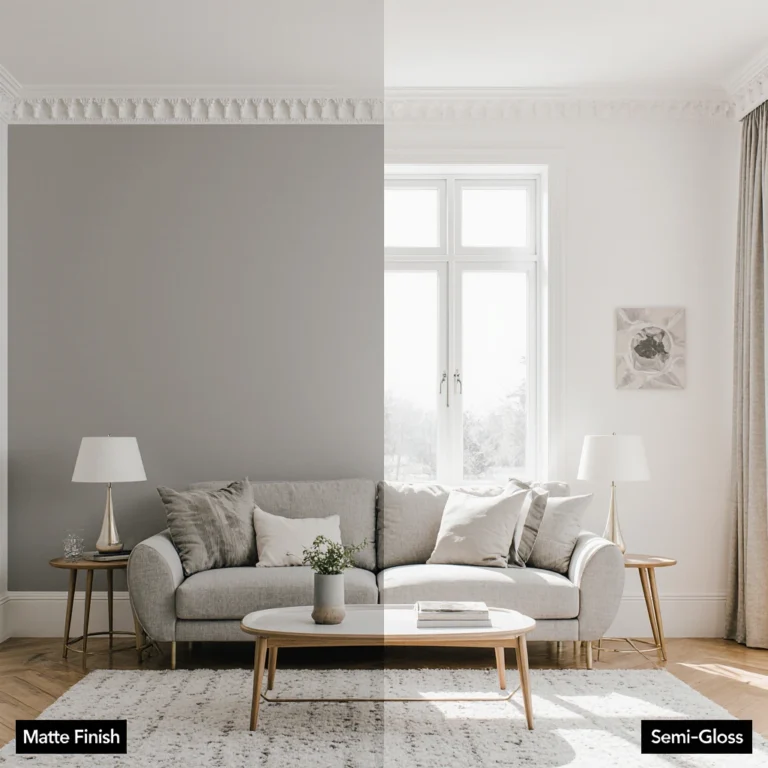
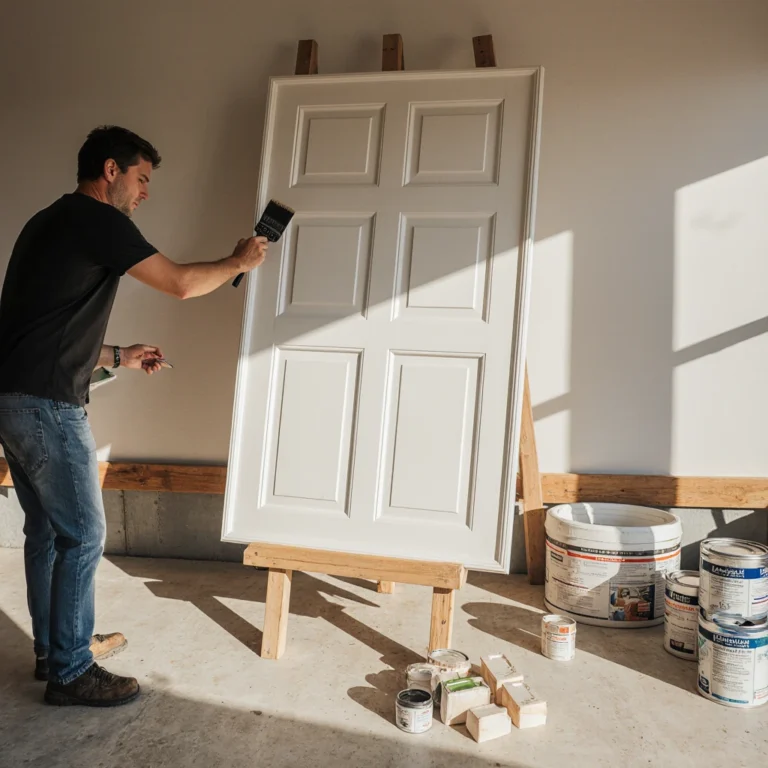
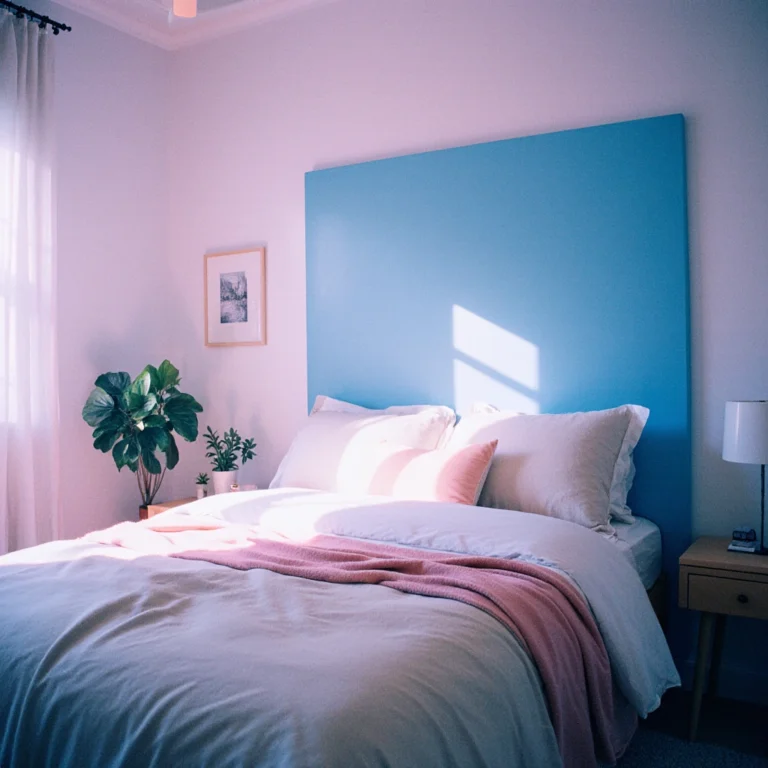
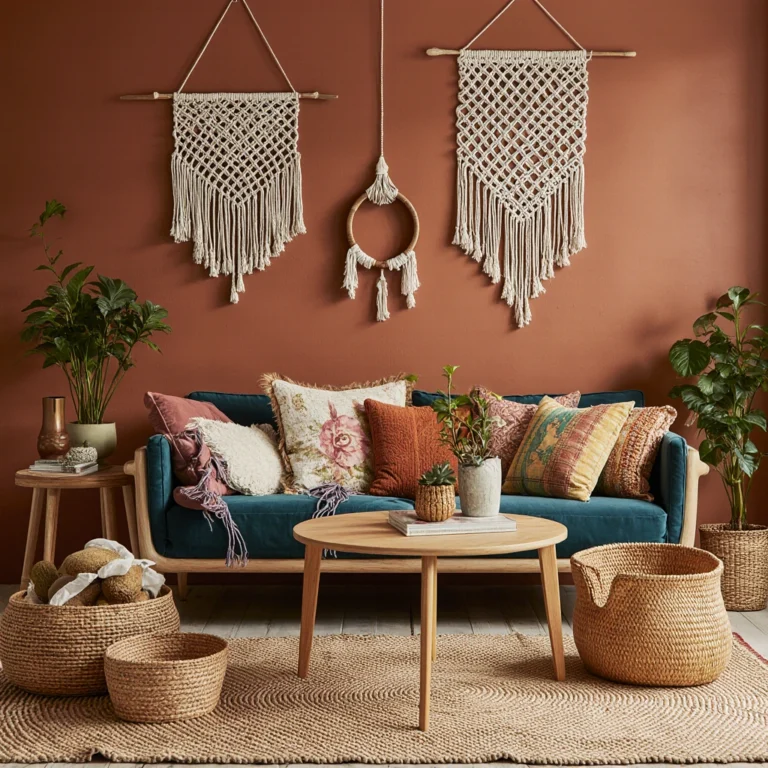
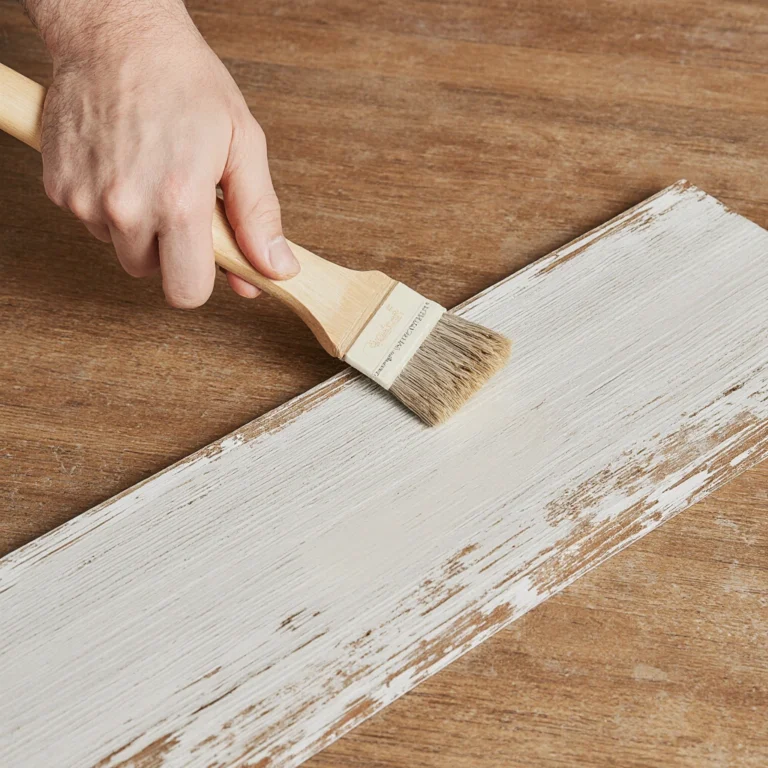
2 Comments
Comments are closed.